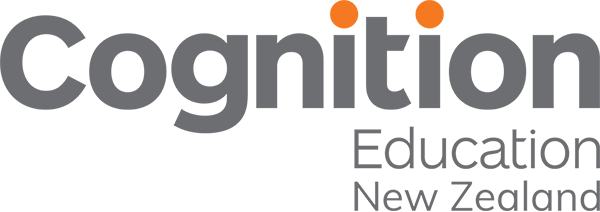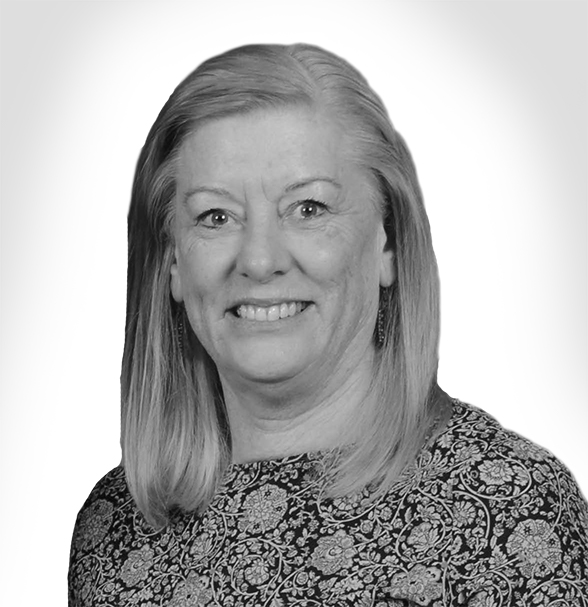Recently, I became the Education Director Asia-Pacific for Cognition Education, and I would like to share of my thoughts and aspirations for New Zealand education. As an ākonga, I was always encouraged by teachers, mentors and sports coaches to be deeply reflective about what I could do better. My teachers taught me that we can always improve both the quality of our performance and the ways we support other people to perform. This provided the foundation of my philosophy and aspirations for education which led me to become a secondary teacher and teacher educator. It was clear that educators needed to respond to individual needs and therefore find ways to redress inequity so that ākonga are supported to reach and stretch their potential.
Our world-renowned education system
On reflecting why I was so keen to return to Aotearoa, a very strong reason was to be closer to whanau. But more than that, it was the culture, values and quality that underpin what is done in New Zealand, particularly the education system, that shines like a beacon for the rest of the world. This has become increasingly apparent to me the more I’ve travelled and worked, particularly in Asia, where, because of the reputation of our system, people want to know “how is that done in New Zealand?”.
Previous leaders in education have served the people of Aotearoa well in being at the forefront of curriculum development. New Zealand was the first country to develop an early childhood curriculum – Te Whāriki – and an assessment system that was probably ahead of its time. The world looks to learn from approaches used in New Zealand education and what’s working and why. In other words, “how do we know we have made a difference?”
We have also been extremely fortunate to have had “research giants” who have paved the way for integrating biculturalism – by the people for the people – where teachers’ perceptions and evaluations of what’s best for their students have been highlighted in large studies such as Te Kotahitanga. However, these studies also indicate the need for a strong commitment to lead education through our next phase of challenges. The moral imperative to address inequity and to support ākonga to reach and stretch their potential, is very clear. Therefore, I see returning to New Zealand as a springboard for diving into these challenges as we work together to embrace culture, values and quality for the benefit of future generations.
The quality of the NZ education is related to its openness and flexibility, especially compared with prescribed curriculums around the world. We are very fortunate that teachers are highly educated and can design customised learning experiences that are rich, relevant and reach a diverse range of learners. The system is driven by underpinning values that strive for equity, social justice and aspirations to improve people’s life chances through education. Much of my previous research on professional learning in schools (19 years at the Christchurch College of Education and the University of Canterbury) focussed on how teachers and leaders can design educational experiences, use relational pedagogies and reflect on changes to advance continuous improvement. This was especially the case when groups of teachers worked collaboratively to embrace cycles of Teaching as Inquiry for supporting Māori and Pasifika learners in the Ministry of Education and Te Tapuwae o Rēhua partnership project on Secondary Student Achievement.
Refresh of curriculum for New Zealand leaners
The refresh of The New Zealand Curriculum over the next three years and beyond offers multiple opportunities to keep what’s working and improve on it. I look forward to the day when inclusion and authenticity of learning experiences is highly evident. As part of this, we still need to question what is positioned as important to learn and how learning occurs. The infusion of bicultural elements throughout all learning areas offers opportunities to refresh what we do as educators and why we do it. Given I have been a secondary science, biology and math teacher, and a teacher educator and researcher, I am particularly curious to see what kind of emphasis is placed on STEM in all education sectors, but particularly in higher education for growing innovation and enterprise to sustain and grow New Zealand’s economy. My recent book outlines learning design for integrating content with capabilities which can also be applied to the compulsory sector. It also provides strong research evidence for imperatives such as the need to promote human well-being, social empowerment and sustainability. An aspirational future depends on these components.
During 2020-2021 the education responses to COVID-19 restrictions globally accelerated the use of digital technologies as enablers for learning. We are only skimming the surface of possibilities, even though there are already many digital tools, apps, ISTE standards and frameworks or ways of evaluating levels of infusion of technologies into educational contexts. At the cutting edge is the infusion of gaming, Artificial Intelligence (AI) – including personalised programs and robot assistants, and Extended reality (XR) – including Augmented Reality (AR), Virtual Reality (VR). Although the research evidence on the effectiveness of these tools is still underway, the possibilities are exciting. New Zealand is already pre-empting the growth of businesses to develop these technologies, especially for educational purposes in all education sectors. Therefore, there is a huge need to grow computational and entrepreneurial skills to support this development.
What’s most important is that where digital technologies are used, they can allow learning that is engaging, is more effective or enables the 5 C’s – critical thinking, collaboration, creativity, communication and connectivity (I see some schools are also using “cultural”, “choice” and “character” as well). Since using these emerging technologies in education is recent, we need much more evaluation of how their use enables the development of the C’s in culturally congruent and ethical ways. In my experience in helping to create the science learn website and in developing interactive digital objects with the NZ Bioethics Council, creating culturally appropriate digital assets takes time, requires meaningful consultation and lots of creative energy. This is a challenge that I’m hoping many educators will embrace. As well, finding ways to address the global equity issue revealed around access, especially access to high-speed broadband, needs to be part of the new horizon we seek, especially since learners live in digital worlds.
So, looking back and moving forward have enabled my ideas to percolate and mix with my background, previous experiences as a learner, teacher and teacher educator, that have influenced my aspirations for the future as I come to work with aspirational thinkers in New Zealand and especially with educators at Cognition Education.
I look forward to working with many of you as we seek new horizons for learners in Aotearoa and beyond.
Ka kite ano

